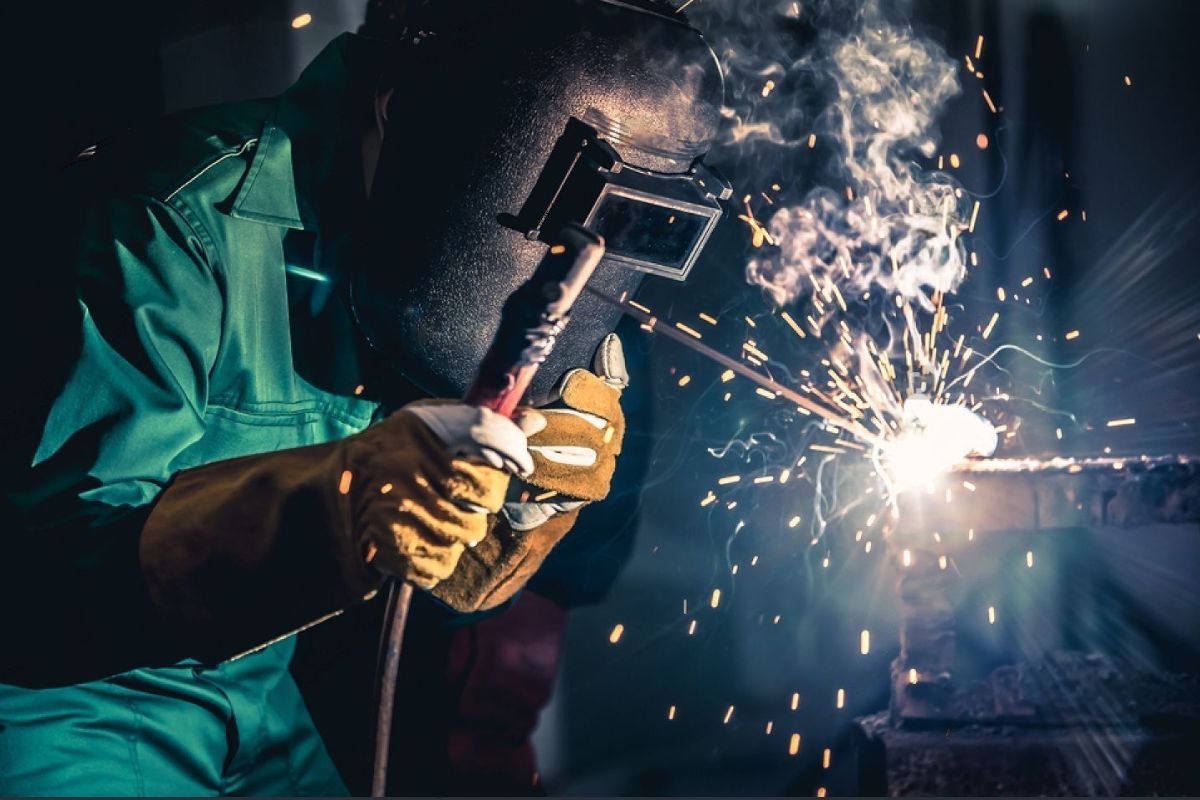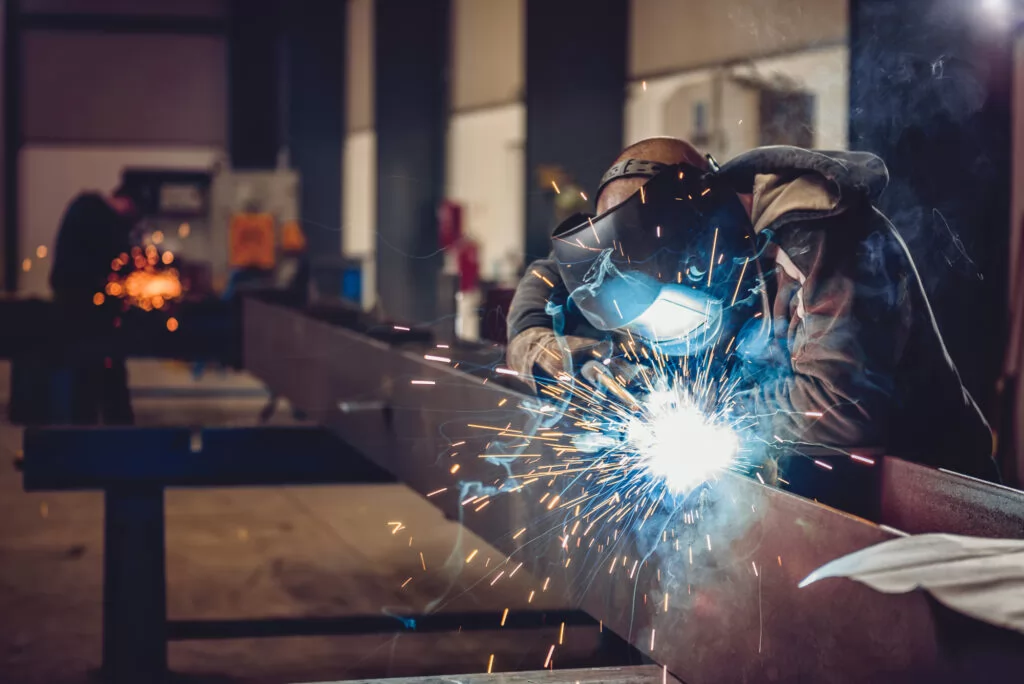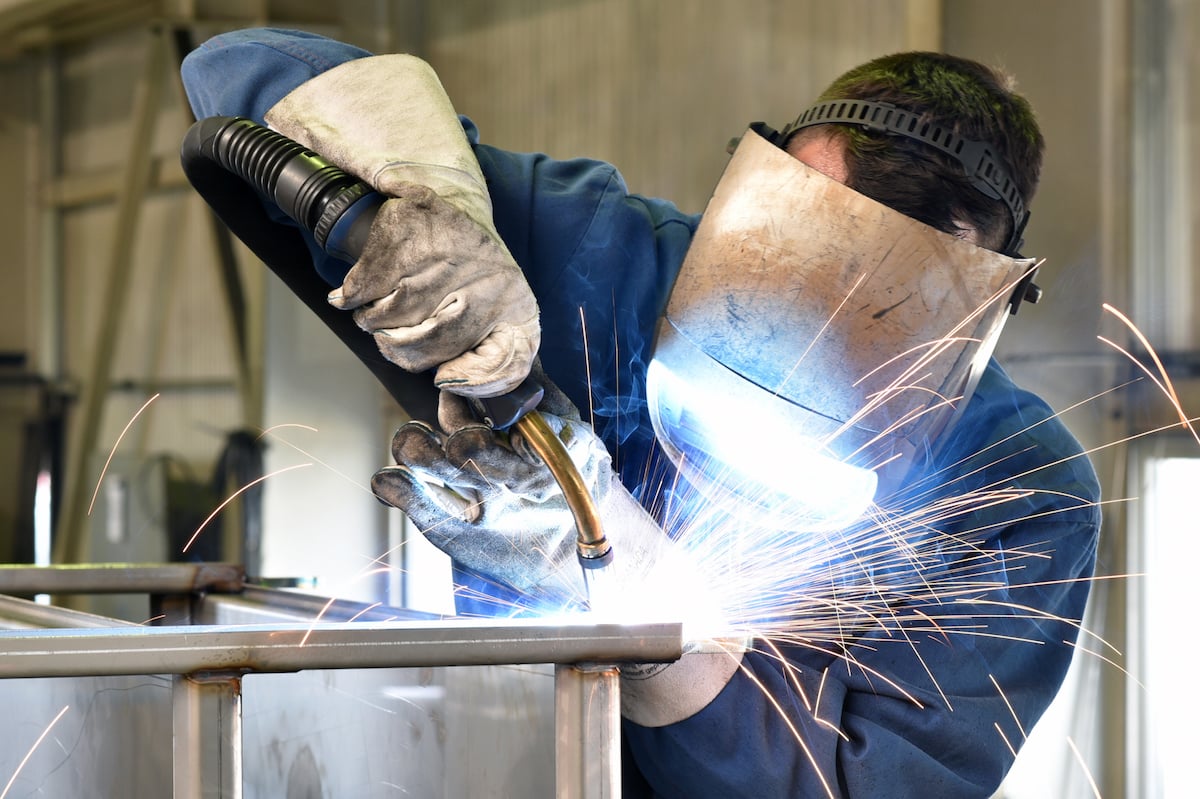What causes misalignment forms and what Belgrade Fabrication corrects it
Usual Welding Repair Service Issues and How to Address Them Successfully
Welding repairs typically experience a series of problems that can jeopardize the honesty of the last item. Common problems consist of insufficient penetration, porosity, and imbalance, to name a few. Each flaw offers special obstacles that call for particular methods for resolution. Understanding these problems is important for welders intending to enhance their results and skills. This conversation will certainly explore these typical welding fixing concerns and efficient approaches to resolve them.
Insufficient Penetration
Insufficient penetration happens when the weld steel fails to completely fuse with the base product, resulting in weak joints and prospective architectural failures. This concern frequently comes from not enough warmth input, wrong electrode angle, or incorrect welding rate. Welders may run into inadequate penetration because of a mistake of the required criteria for a specific product density or type. In addition, contamination on the base product's surface can hinder reliable bonding, aggravating the problem. To deal with insufficient penetration, welders ought to guarantee proper setups on their equipment and keep a tidy work surface. Routine inspection of welds is advised to identify any kind of deficiencies early, permitting for prompt corrections and the prevention of endangered architectural integrity in welded assemblies.
Porosity
Porosity is a common issue in welded joints that manifests as tiny gas bubbles caught within the weld steel. This defect can jeopardize the stability of the weld, resulting in minimized toughness and prospective failing under stress. Montana Mobile Welding and Repair Belgrade Welding. Porosity generally emerges from contamination, moisture, or inappropriate welding techniques, which enable gases to get away right into the liquified weld pool. To attend to porosity, welders must ensure appropriate surface preparation, maintain a tidy workplace, and use ideal welding criteria. In addition, picking the right filler product and protecting gas can alleviate gas entrapment. Routine examination and screening of welds can aid identify porosity early, assuring prompt rehabilitative activities are taken, therefore preserving the top quality and reliability of the welded structure
Imbalance
Imbalance in welding can emerge from various variables, including incorrect setup and thermal development. Comprehending the origin creates is necessary for efficient resolution. A number of adjustment techniques are available to realign elements and assure structural integrity.
Reasons of Imbalance
Welding misalignment typically originates from a variety of underlying concerns that can jeopardize architectural stability. One primary cause is inappropriate fit-up of elements before welding, which can result in gaps and uneven surfaces. Variants in thermal expansion during the welding procedure can also result in distortion, specifically if the materials being signed up with have different coefficients of growth. In addition, insufficient clamping and fixturing may stop working to hold components firmly in area, leading to movement during welding. Inadequately maintained tools, consisting of welding devices and tools, may present variances in the weld grain, further adding to imbalance. Operator mistake, stemming from inadequate training or experience, can additionally play a significant function in producing misaligned welds.

Modification Methods Available
Attending to imbalance efficiently calls for a combination of rehabilitative techniques tailored to the certain concerns at hand. One typical approach is making use of jigs or components to hold parts in the correct placement throughout welding, making certain consistent positioning. In addition, pre-heating the materials can help in reducing distortion and improve fit-up. For significant imbalance, mechanical adjustment techniques, such as utilizing hydraulic jacks or clamps, can be utilized to fix the position before welding. Post-weld warm treatment may additionally be essential to ease tensions caused by misalignment. Careful assessment and adjustment throughout the arrangement stage can protect against imbalance issues from becoming significant troubles, advertising a smoother welding procedure and enhancing overall structural stability.
Distortion
Distortion is a common challenge in welding that can arise from various aspects, consisting of uneven heating & cooling. Understanding the root causes of distortion is vital for applying effective prevention methods. Resolving this concern not just improves structural honesty yet additionally boosts the overall high quality of the weld.
Sources of Distortion
When based on the extreme warm of welding, products usually undergo adjustments that can result in distortion. This sensation mainly develops from thermal development and contraction during the welding process. As the weld location warms up, the material increases; upon cooling, it acquires, which can produce internal tensions. Furthermore, irregular home heating across a work surface can worsen these stress and anxieties, causing bending or flexing. The sort of material also plays a significant role; steels with differing thermal conductivity and coefficients of growth might respond in different ways, leading to unpredictable distortions. Moreover, poor joint design and poor fixturing can add to misalignment during welding, boosting the probability of distortion. Recognizing these causes is necessary for reliable welding repair work and avoidance methods.
Avoidance Techniques
Effective avoidance techniques for distortion during welding focus on regulating warmth input and making certain appropriate joint style. Maintaining a consistent warm input helps to reduce thermal growth and tightening, which can cause distortion. Utilizing techniques such as preheating the workpiece can additionally decrease the temperature slope, promoting consistent heating. Additionally, selecting appropriate joint styles, such as T-joints or lap joints, can improve stability and lower tension focus. Implementing proper fixturing to safeguard the work surfaces in position further aids in maintaining alignment throughout the welding process. Staggered welding series can distribute warm much more evenly, protecting against localized distortion. By applying these strategies, welders can greatly decrease the likelihood of distortion and boost the general high quality of their welds.
Cracking
Fracturing is a common concern come across in welding repair work, often resulting from numerous aspects such as incorrect cooling rates, product selection, or poor joint prep work. The occurrence of cracks can website substantially endanger the stability of the weld, leading to possible failures during procedure. To address this concern, welders must initially evaluate the origin, guaranteeing that products work and properly selected for the certain application. In addition, controlling the cooling price throughout the welding process is crucial; quick cooling can generate anxiety and bring about breaking. Proper joint design and prep work also contribute to decreasing the risk. Implementing these techniques can enhance weld top quality and durability, inevitably minimizing the chance of splitting in finished weldments.

Insufficient Combination
A substantial problem in welding fixings is insufficient blend, which takes place when the weld steel does not adequately bond with the base product or previous weld passes - Belgrade Welding. This defect can bring about weak points in the joint, potentially endangering the integrity of the bonded structure. Factors adding to insufficient combination include insufficient warmth input, incorrect welding method, and contamination of the surfaces being joined. To address this problem successfully, welders must assure proper pre-weld cleaning and surface preparation, as well as change their welding criteria to attain ample penetration and blend. Normal inspection during the welding procedure can additionally help determine insufficient fusion early, permitting prompt corrective actions to enhance the total top quality of the weld
Overheating
While welding fixings can enhance architectural honesty, overheating offers a considerable challenge that can cause material degradation. Excessive heat throughout welding can modify the mechanical properties of metals, resulting in minimized strength, enhanced brittleness, and bending. This phenomenon is particularly crucial in high-stress applications where architectural reliability is critical. Recognizing getting too hot can include visual assessments for staining or distortion, in addition to checking temperature level throughout the welding procedure. To reduce the dangers linked with getting too hot, welders ought to employ ideal methods, such as regulating warmth input, adjusting travel rate, and utilizing suitable filler materials. Furthermore, executing pre- and post-weld heat treatments can help recover material homes and enhance the general quality of the repair service, guaranteeing long-lasting performance and safety and security.
Often Asked Questions
What Are the Common Indicators of a Welding Issue?

Just How Can I Check My Welds for Quality?
To test welds for top quality, one can make use of aesthetic inspections, ultrasonic screening, and radiographic methods. Each method ensures architectural integrity, identifies problems, and verifies adherence to specified criteria, ultimately improving the dependability of the bonded joints.
What Safety and security Safety Measures Should I Take While Welding?
When welding, one need to focus on safety and security by wearing ideal individual safety devices, making sure correct air flow, protecting combustible materials away, maintaining a clean work area, and knowing surroundings to avoid injuries and accidents.
Can I Repair a Weld Without Redoing the Entire Joint?
Repairing a weld without renovating the entire joint is possible, relying on the damage (Belgrade). Methods such as grinding, including filler product, or using a welding procedure can effectively attend to certain flaws while preserving the surrounding structure
What Tools Are Essential for Reliable Welding Services?
Crucial devices for efficient welding repair work consist of a welding machine, cable brush, mill, safety equipment, clamps, and filler products. Each tool plays a vital function in ensuring top quality and safety throughout the fixing process. Porosity commonly develops from contamination, dampness, or inappropriate welding strategies, which permit gases to escape right into the liquified weld swimming pool. Poorly maintained devices, consisting of welding makers and devices, may introduce variances in the weld grain, further adding to misalignment. When subjected to the extreme heat of welding, materials usually undertake adjustments that can lead to distortion. Cracking is an usual issue experienced in welding repairs, frequently resulting from numerous variables such as improper cooling prices, product choice, or poor joint preparation. A considerable problem in welding repair services is insufficient fusion, which occurs when the weld steel does not adequately bond with the base product or previous weld passes.